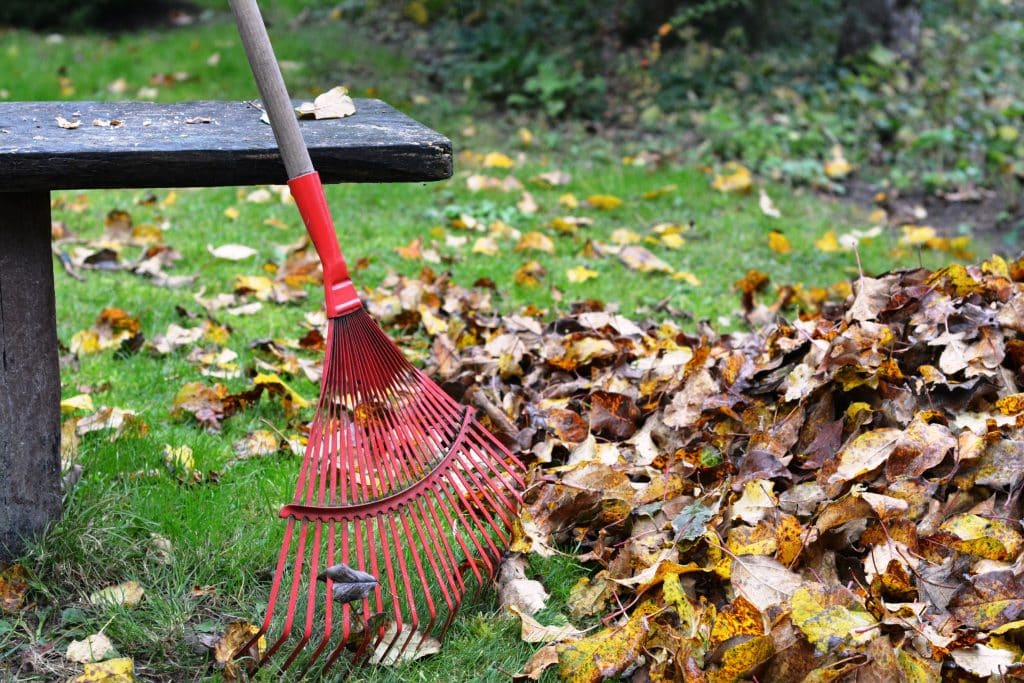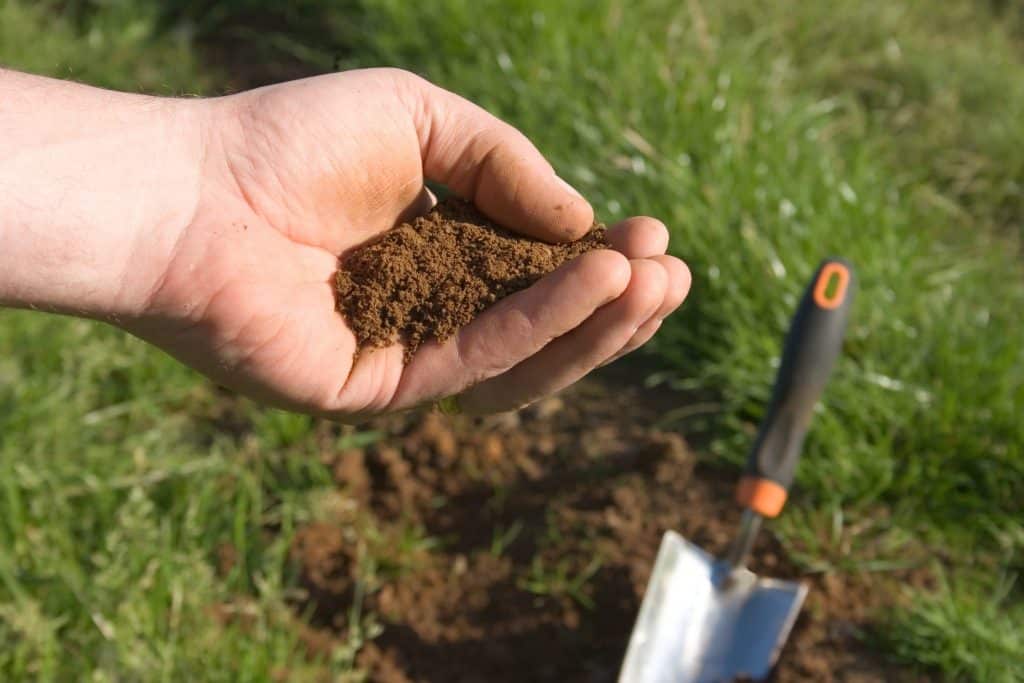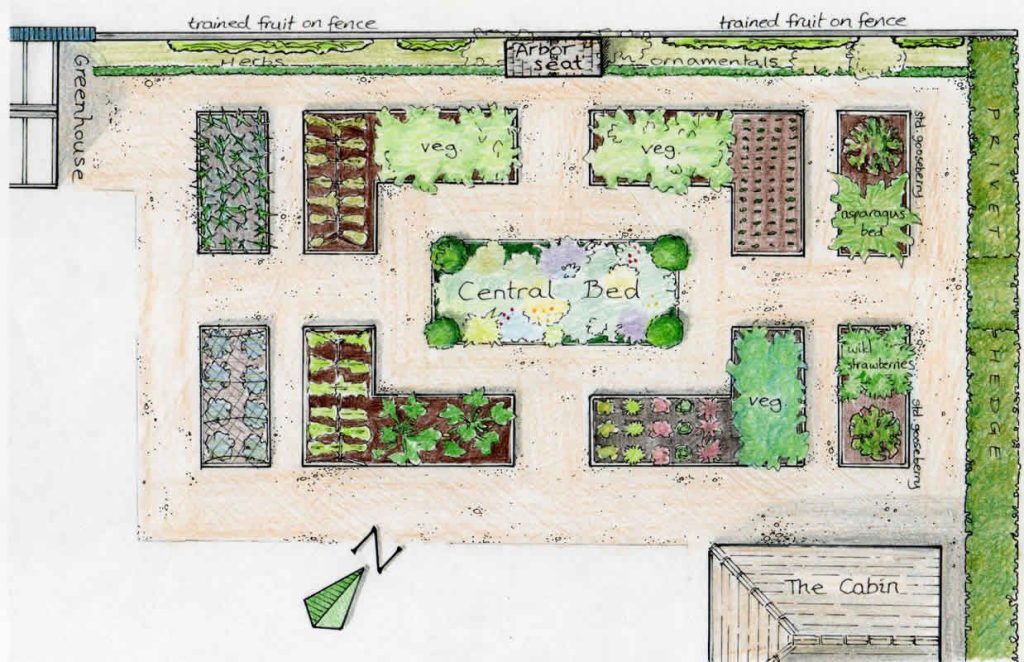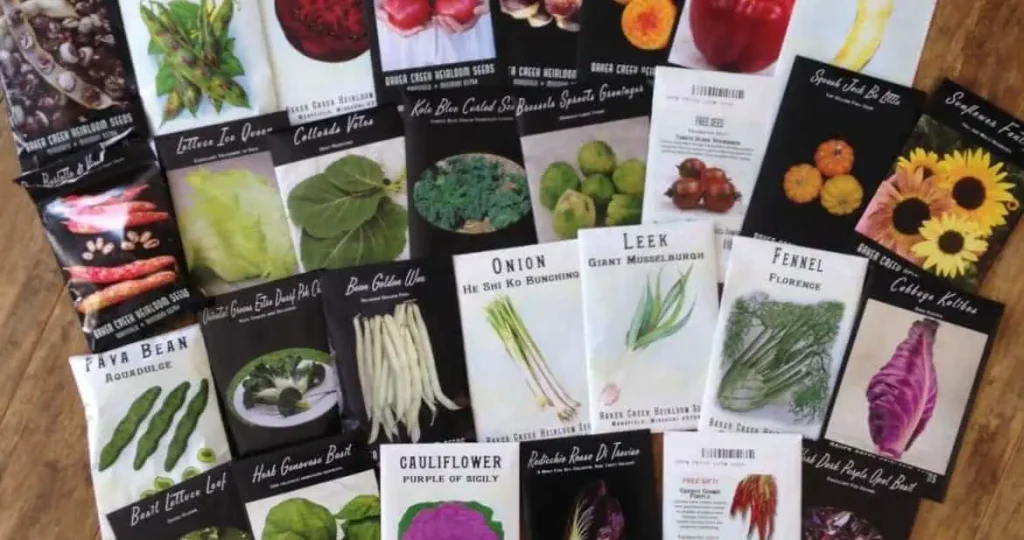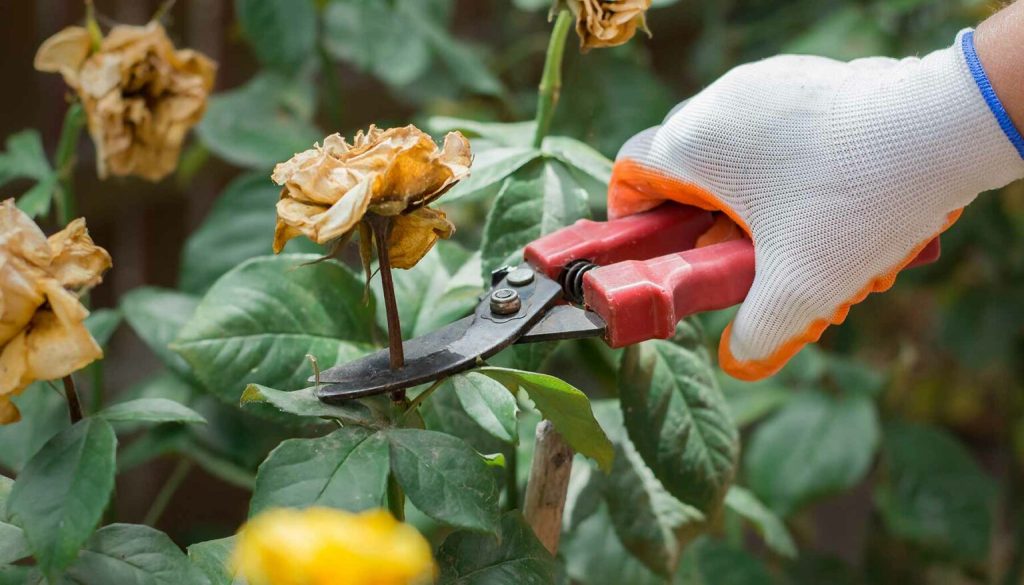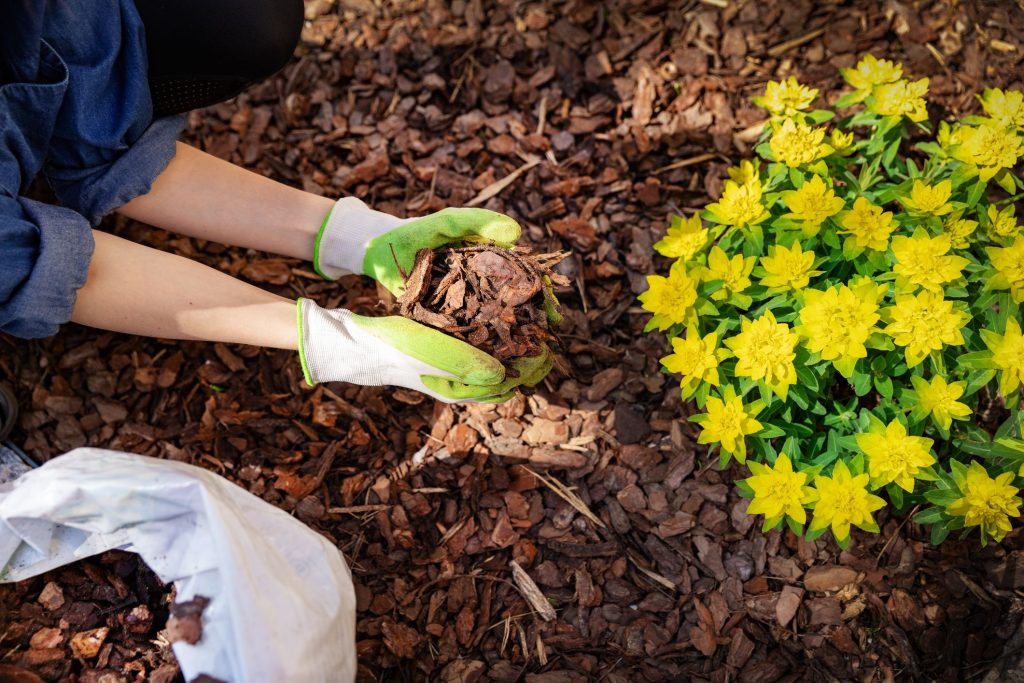Gardening enthusiasts eagerly anticipate the arrival of early spring, a time that sets the tone for a flourishing garden. Preparing for this season requires meticulous planning and execution of various tasks. This guide delves into essential steps to ensure your garden thrives. From assessing the garden space to understanding soil needs and planning the layout, each aspect plays a crucial role. These efforts in early spring lay the foundation for a bountiful and beautiful garden, promising a rewarding experience for gardeners of all skill levels.
Contents
Assessing And Cleaning Your Garden Space
The first step in early spring gardening is a thorough assessment of the garden area. Winter can leave behind a variety of challenges, such as soil compaction, pest infestations, and debris accumulation. It is essential to walk through the garden, noting areas that need attention. This process helps in identifying problems early on, which can be addressed before they escalate. Pay special attention to fences, trellises, and garden structures that may have been damaged or weakened during the colder months.
Cleaning the garden is as crucial as the assessment. Start by removing any dead plant material, fallen leaves, and weeds that have taken hold. This not only tidies up the space but also prevents the spread of disease and pests. It’s important to ensure that the garden beds are free of debris and old mulch that can harbor harmful organisms. Refreshing the top layer of soil, if needed, can provide a clean slate for new plantings. A clean and well-prepared garden bed is a key step towards a successful gardening season.
Soil Testing And Amendment
Understanding the condition of the garden soil is vital before beginning any planting. Soil testing provides valuable information about its pH level and nutrient content. This data is essential for determining what amendments the soil may need to support healthy plant growth. Kits for soil testing are readily available and easy to use, offering insights that guide the amendment process. Knowing the soil’s specific needs helps in choosing the right fertilizers and conditioners, ensuring that plants have the nutrients they need.
Once the soil’s needs are known, the next step is to amend it accordingly. If the soil is too acidic or alkaline, adjusting its pH is necessary for optimal plant growth. Adding organic matter, such as compost or well-rotted manure, can improve soil structure, enhance nutrient content, and promote beneficial microbial activity. For soils that are particularly sandy or clay-heavy, incorporating organic matter can significantly improve water retention and drainage. Tailoring the soil to meet the specific needs of the plants ensures a robust start to the growing season.
Planning Your Garden Layout
Planning the garden layout is an exercise in creativity and strategy. The layout should account for the amount of sunlight each area receives, as different plants have varying light requirements. Consider the mature size of plants to avoid overcrowding and ensure adequate air circulation. This planning stage is an excellent opportunity to experiment with companion planting, which can enhance plant health and productivity. Sketching a garden map can help visualize the arrangement and make adjustments as needed.
Another aspect of planning involves practical considerations, such as access for maintenance and harvesting. Paths should be wide enough to comfortably walk through and tend to plants. If space allows, incorporating elements like raised beds or trellises can maximize growing space and add visual interest. Remember to rotate crops from previous years to prevent soil nutrient depletion and reduce disease risks. A well-planned garden layout not only optimizes plant health and yield but also creates an aesthetically pleasing and functional space.
Selecting And Preparing Seeds And Seedlings
Choosing the right seeds and seedlings is crucial for a successful garden. Gardeners should select varieties that are well-suited to their local climate and soil conditions. Researching plant hardiness and growth requirements ensures that the selections will thrive in the garden’s specific environment. For those starting seeds indoors, it’s important to begin at the right time, typically several weeks before the last expected frost. Quality seed starting mix and proper containers can make a significant difference in the success of seedlings.
Preparing seedlings for transplant involves a process called hardening off, which gradually acclimates them to outdoor conditions. This process reduces transplant shock and increases the likelihood of successful establishment in the garden. Begin by placing seedlings outdoors in a sheltered area for a few hours each day, gradually increasing their exposure to sun and wind over a week or two. Ensure that seedlings are well-watered and protected from extreme temperatures during this period. Properly prepared seedlings are more robust and better equipped to handle the transition to outdoor gardening.
Implementing Pest And Disease Control Measures
Early identification and management of pests and diseases are key to maintaining a healthy garden. Gardeners should regularly inspect plants for signs of trouble, such as discolored leaves, stunted growth, or visible pests. Early spring is an ideal time to apply preventive measures such as organic pest repellents or barriers. Biological controls, like introducing beneficial insects that prey on harmful pests, can be an effective and environmentally friendly method of pest management.
Disease prevention in the garden starts with good cultural practices. Ensuring adequate spacing between plants promotes air circulation, reducing the likelihood of fungal diseases. Choosing disease-resistant plant varieties and rotating crops annually can also help minimize disease occurrence. For any identified diseases, timely and appropriate treatment is essential. Organic fungicides and practicing good sanitation by removing infected plant material can effectively manage diseases while maintaining a healthy garden ecosystem.
Pruning And Preparing Perennials
Pruning perennials in early spring is essential for promoting healthy growth and flowering. This task involves removing dead or damaged stems, as well as cutting back overgrown foliage. Pruning not only rejuvenates plants but also encourages a more compact and attractive growth habit. Each type of perennial has specific pruning needs, so it’s important to research the best practices for each species in the garden.
In addition to pruning, other preparations for perennials include dividing overgrown plants and replenishing mulch. Dividing helps to rejuvenate older plants and can also provide additional plants to fill in other areas of the garden. Applying a fresh layer of mulch around perennials helps to conserve moisture, suppress weeds, and maintain a neat appearance. Properly cared for, perennials can become the backbone of the garden, providing structure and color year after year.
Setting Up Irrigation And Mulching
An efficient irrigation system is key to a thriving garden. Early spring is the perfect time to set up or check existing irrigation systems. Drip irrigation or soaker hoses are excellent options for delivering water directly to the root zone of plants, reducing water wastage and minimizing leaf wetness that can lead to disease. Adjusting irrigation schedules according to the needs of the plants and weather conditions ensures that plants receive the right amount of water.
Mulching is another important task in early spring gardening. Mulch helps retain soil moisture, regulates soil temperature, and suppresses weed growth. Organic mulches, such as straw, bark, or compost, also contribute to soil health as they decompose. When applying mulch, be careful to leave some space around the base of plants to prevent rot and pest problems. A well-mulched garden not only looks tidy but also promotes the health and productivity of the plants.
The Bottom Line
In conclusion, preparing for early spring planting sets the stage for a successful gardening season. Each task, from selecting and preparing seeds to implementing pest control and setting up irrigation, plays a vital role in ensuring the garden’s health and productivity. The effort put into early spring preparation pays off in the form of a lush, vibrant garden. As the season progresses, these well-prepared beds and plants will become a source of joy and pride, offering a bountiful harvest and a beautiful retreat in the heart of nature.
